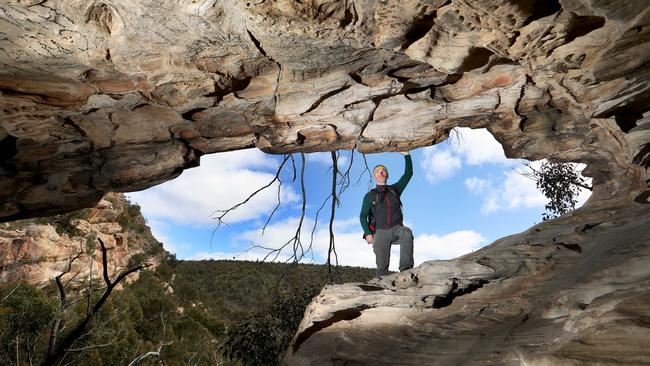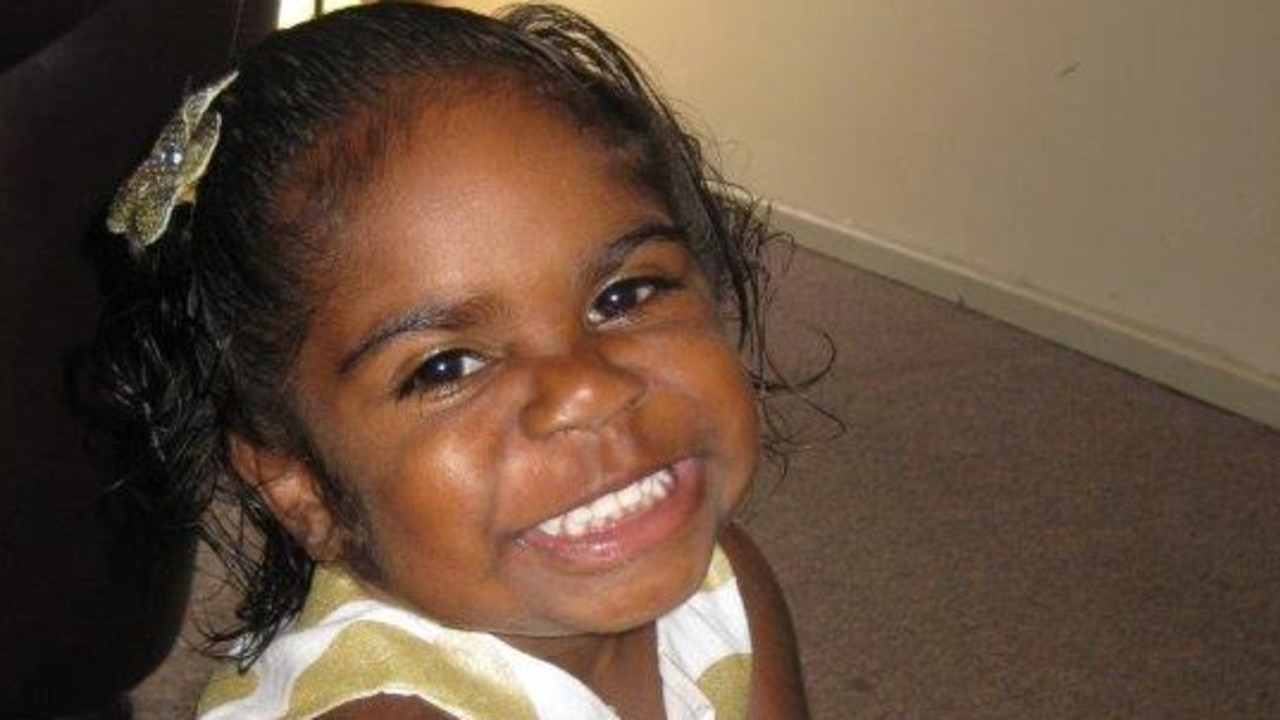As climbers locked out, Grampians vandalism goes unchecked
The Grampians National Park is in the midst of one of Australia’s great environmental battles.

High above the Wimmera Plains, Mark Wood is peering into a rock shelter that carries secrets of indigenous life from another millennium.
There is faint rock art that could be thousands of years old but it’s not easy to tell because vandals have been hard at work, scratching and writing their names on the roof and walls of the shelter by Beehive Falls.
The Grampians National Park is in the midst of one of Australia’s great environmental battles after the Victorian government locked out rock climbers from 500sq km of the park over claims of damage to sacred sites.
But Dr Wood is not standing in climbing country. He is in the broken heart of mainstream tourism, where governments for decades have failed to protect sacred country. There are no signs warding off graffiti vandals at Beehive Falls, no attempts to stop tourists further vandalising the site where the faint image of a hand can be seen on the wall.
“They (Parks Victoria) would have to know what’s going on here,’’ said Dr Wood, a climber from nearby Natimuk.
The rock shelter is home to scores and possibly hundreds of different acts of vandalism, some surrounding the ancient hand.
Dr Wood has been quietly collecting evidence of maybe a dozen examples where rock art has been directly vandalised by visitors and dozens of other cases where the park has been compromised by tourism.
Not climbers, he says, but mainly young adults visiting the park and wanting to leave their mark.
The damage is not isolated to Beehive Falls, about 260km west of Melbourne.
Few of the millions of people who have visited the Grampians have failed to walk at least once to The Pinnacle, a rocky wonderland that overlooks the de facto capital, Hall’s Gap.
When The Weekend Australian walked the trail this week, graffiti was ubiquitous.
“F..k cops,’’ is the graffiti message on the sign showing another shelter, this time called Cool Chamber.
Up the mountain, there is a large sign declaring FAK CPS, perhaps drawing on the same sentiment as at Cool Chamber.
At Silent Street, a narrow, rocky gateway to the walk’s climax, hundreds of people have scratched their names into the outdoor walls.
There are city-style tags and, again, no signs reminding walkers that it’s a national park and not a graffiti-splattered railway line.
The Friends of Grampians-Gariwerd were due to meet local Parks Victoria staff on Friday to discuss some of their concerns in the park, including this outbreak of graffiti in tourist spots.
The Weekend Australian understands that rock art specialist Ben Gunn is one of several experts who have examined areas in the Grampians where climbers are accused of damaging the environment with bolts, chalk and even graffiti. Dr Gunn and the experts are highly critical of the behaviour of some climbers, claiming they pose the greatest risk to cultural heritage in the park, because of the explosion in numbers.
In the case of Beehive Falls and the Pinnacle walk, which are tourist trails rather than climbing hubs, Parks Victoria concedes there are some issues.
“Parks Victoria is aware of graffiti at various locations within the Grampians National Park and we are concerned about the damage this causes to environmentally and culturally sensitive sites,’’ a spokesman said.
“Some graffiti is removed regularly and some is difficult to quickly remove due to terrain and height issues, or the potential for removal to cause further damage.
“We will take action against people identified causing damage, like through graffiti, in national parks.’’
Philip Ingamells, of the Victorian National Parks Association, says there needs to be an acknowledgement of the impact of climbers, but adds that officials have been starved of funds.
“Victorians want this remarkable heritage protected, yet our parks are starved of management funds and expertise,’’ he said.
Dr Wood, meanwhile, is, like many other climbers, bewildered by the attention given to their pursuit when destinations such as Beehive Falls are being abused under Parks Victoria’s eyes.
“This is the kind of place that you find art. It was really obvious to find,’’ he said.
“It’s crazy to think that sort of thing is acceptable.’’


